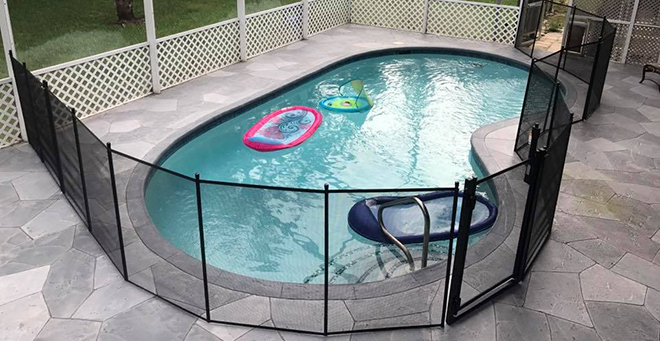Legislative findings and intent—The Legislature finds that drowning is the leading cause of death of young children in this state and is also a significant cause of death for medically frail elderly persons in this state, that constant adult supervision is the key to accomplishing the objective of reducing the number of submersion incidents, and that when lapses in supervision occur a pool safety feature designed to deny, delay, or detect unsupervised entry to the swimming pool, spa, or hot tub will reduce drowning and near-drowning incidents. In addition to the incalculable human cost of these submersion incidents, the health care costs, loss of lifetime productivity, and legal and administrative expenses associated with drownings of young children and medically frail elderly persons in this state each year and the lifetime costs for the care and treatment of young children who have suffered brain disability due to near-drowning incidents each year are enormous. Therefore, it is the intent of the Legislature that all new residential swimming pools, spas, and hot tubs be equipped with at least one pool safety-fence barrier as specified in this chapter. It is also the intent of the Legislature that the Department of Health be responsible for producing its own or adopting a nationally recognized publication that provides the public with information on drowning prevention and the responsibilities of pool ownership.
515.29 Residential swimming pool barrier requirements.—
1.A residential swimming pool barrier must have all of the following characteristics:
(a)The barrier must be at least 4 feet high on the outside.
(b)The barrier may not have any gaps, openings, indentations, protrusions, or structural components that could allow a young child to crawl under, squeeze through, or climb over the barrier.
(c)The barrier must be placed around the perimeter of the pool and must be separate from any fence, wall, or other enclosure surrounding the yard unless the fence, wall, or other enclosure or portion thereof is situated on the perimeter of the pool, is being used as part of the barrier, and meets the barrier requirements of this section.
(d)The barrier must be placed sufficiently away from the water’s edge to prevent a young child or medically frail elderly person who may have managed to penetrate the barrier from immediately falling into the water.
2. The structure of an aboveground swimming pool may be used as its barrier or the barrier for such a pool may be mounted on top of its structure; however, such structure or separately mounted barrier must meet all barrier requirements of this section. In addition, any ladder or steps that are the means of access to an aboveground pool must be capable of being secured, locked, or removed to prevent access or must be surrounded by a barrier that meets the requirements of this section.
3. Gates that provide access to swimming pools must open outward away from the pool and be self-closing and equipped with a self-latching locking device, the release mechanism of which must be located on the pool side of the gate and so placed that it cannot be reached by a young child over the top or through any opening or gap.
4. A wall of a dwelling may serve as part of the barrier if it does not contain any door or window that opens to provide access to the swimming pool.
5. A barrier may not be located in a way that allows any permanent structure, equipment, or similar object to be used for climbing the barrier.

